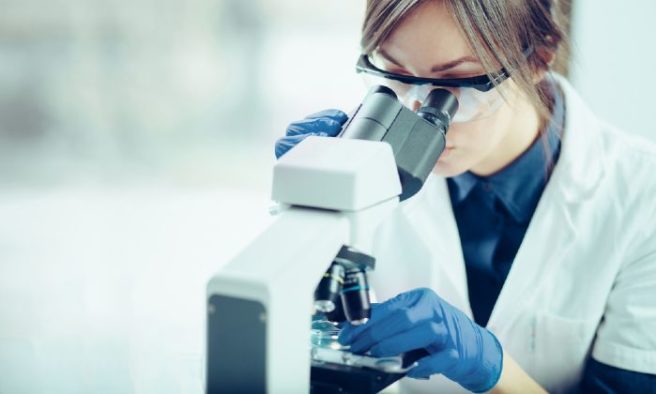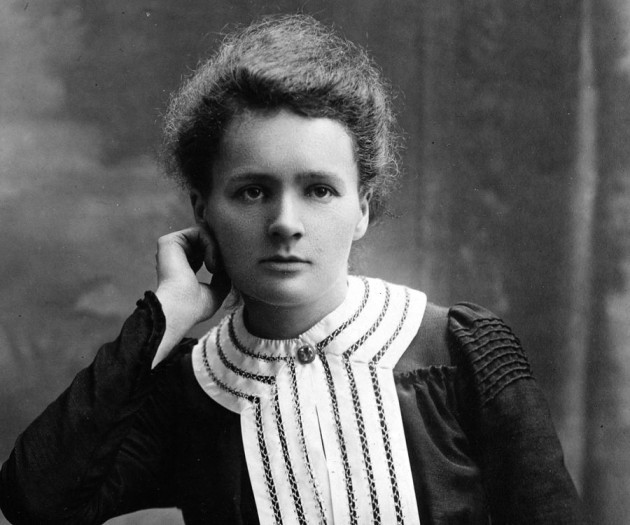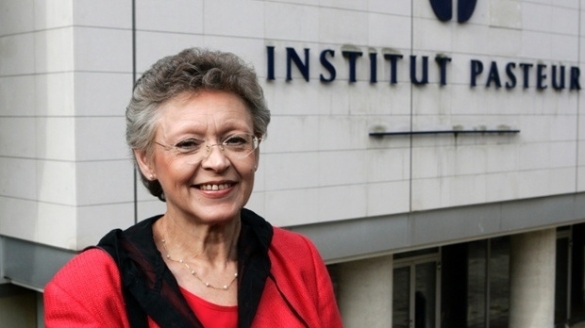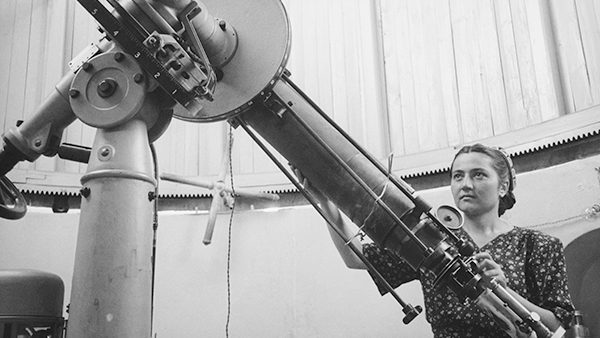
Brilliant scientific discoveries we have badass women to thank for
Today, February 11, is the International Day of Women and Girls in Science, and to mark the occasion, we're celebrating some of the most influential females scientists throughout the years.
Despite numerous push-backs and disregard from male colleagues, these women persevered to make some of the greatest breakthroughs in scientific history, paving the way for millions of young women and girls to enter what was traditionally a male-dominated industry.
From modern day technology to the treatment of some of the world's most deadly diseases, here are just some of the amazing discoveries that have been made by talent women in science.

The X-ray
Marie Curie is one of the first names that come to mind when we think of women in science, and there's a very good reason for that.
As a woman in Warsaw, Marie was not allowed to attend college and was therefore forced to obtain a secret education before moving to Paris to get her degree.
It was here that the physicist met her husband, Pierre Curie. The pair worked together on Marie's research on the radioactivity of uranium and the pair went on to win the Nobel Prize in physics in 1903. The win made Marie the first women to ever receive the prestigious award.
While the existence of X-rays was discovered by Wilhelm Roetgen in 1895, Marie's work contributed greatly to the science behind the medical device as we know it.

AIDS / HIV
Françoise Barré-Sinoussi a French virologist and Director of the Regulation of Retroviral Infections Division, performed some of the fundamental work in the identification of the Human Immunodeficiency Virus (HIV) as the cause of AIDS.
Since that discovery in the early 1980s, Françoise has dedicated her life to the fight against AIDS and has advocated for people living with HIV around the world.
Françoise was elected to the International AIDS Society (IAS) Governing Council in 2006 and served as President from 2012 to 2014.

Stars
"There is no joy more intense than that of coming upon a fact that cannot be understood in terms of currently accepted ideas."
—Cecilia Payne
An English-born Cambridge University student, Cecilia asked the question; what are stars made of?
And while most of us would just give up there, she actually went on to find an answer.
After hearing the astronomer Arthur Eddington give a public lecture on his recent expedition to observe the 1919 solar eclipse, Cecilia knew physics was the career for her.
After moving to the US to continue her studies, she completed her Ph.D on the composition of stars – a breakthrough result in the field of astrophysics.
Despite being one of the most brilliant and creative astronomers of the twentieth century, Cecilia Payne was never elected to the elite National Academy of Sciences.
However, in 1956, she was finally made a full professor (the first woman so recognised at Harvard) and chair of the Astronomy Department.










